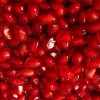How the pomegranate tree grows and how to grow it
Content
Biological characteristics
It is customary to say "pomegranate tree". However, not all gardeners agree with this definition, rightly considering the plant as a bush. There is no unambiguous definition of the plant form of pomegranate. Indeed, even in the relevant specialized literature, culture is defined as a tree-bush. The pomegranate grows in several shoots emanating from one root, which is the leading characteristic of the bush. However, it is possible to successfully grow the fruit in one trunk, that is, in the form of a tree.
The pomegranate tree has a powerful root system that reaches great depths in the ground. The plant quickly takes root in the container, so it needs frequent (annual) transplants.
In unprotected soil, the plant is capable of reaching a height of 3 to 5 meters, and individuals grown at home are about 1.5 meters. There are also so-called dwarf varieties, which are usually used as indoor plants.
The pomegranate has a false berry fruit. It is usually round or oval. Sizes range from 2cm for domestic varieties to 12cm for human consumption. The weight of one fruit ranges from 0.2 to 0.5 kilograms.
The pomegranate tree is considered to be a long-liver plant - at home it can live for about half a century and consistently bear fruit. In nature, century-old individuals can also bear fruit. Some recognized centenarians are about 300 years old.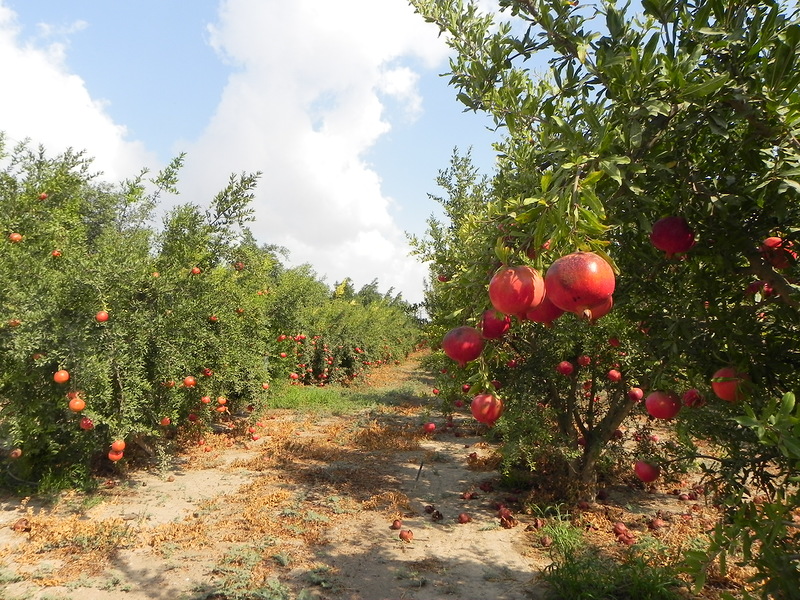
Pomegranates ripen on the tree gradually, therefore, you need to harvest in stages, watching the color of the skin. When the air temperature drops, the leaves fall off. However, individuals growing at home behave like evergreens. But it is still recommended to create a dormant period for the plant, not allowing it to bloom until March (picking flowers).
Pomegranate is a plant of the subtropics, where, even in a fierce winter, the air temperature does not drop below 10 ° C. However, an adult can easily withstand even a 15-degree frost without shelter. But still, the culture for the winter should at least be covered with earth.
Video "Growing"
From the video you will learn how to grow pomegranates at home.
Growing as a cover crop
Pomegranate grows and blooms in any soil, even rocky and sandy. Culture does not get along only in saline and swampy areas. The fruit survives drought much better. Besides, he even "loves" her. The place where the fruit is planned to be planted should be well lit, because any shadow negatively affects the fruit. Individuals should also be protected from cold northerly winds. On poor soils, it is better to follow the 4x2 planting scheme, and on fertile soils - 5x2 or 5x3, which will help more powerful tree bushes grow.
When growing a pomegranate at home, it is worth digging a hole 0.6 meters in width, length and depth and at its bottom place a 10-centimeter layer of grass and the top (most fertile) layer of earth.Then place a bush in the "hole", deepening it by another 0.1 meters lower than it grew earlier, and fill it with clay soil with the addition of sand. Experienced gardeners advise planting pomegranates at an angle of 45 °. Indeed, in this way, the plant will form many additional roots, which will increase the strength of the bush and its yield. In addition, such a shrub is easier to cover in winter.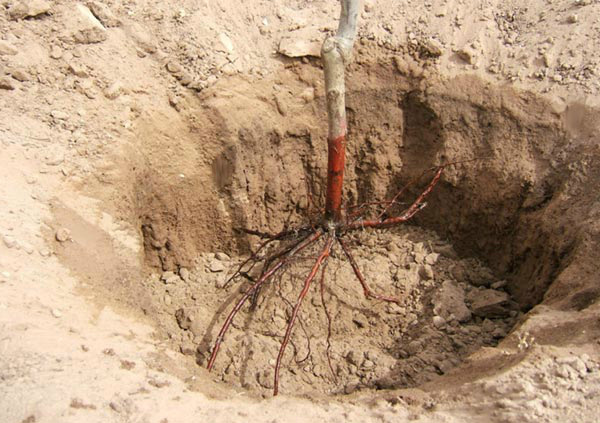
It is worth noting that it is unacceptable to apply fertilizers of any nature to the pits intended for planting individuals.
In the area of the root system, the soil must be compacted and filled with water so that there are no voids between the lobes. Moistening is repeated the next day, and the ground around the planting is mulched with sawdust or cut grass (a layer of at least 0.1 meter).
Watering should be done in case of urgent need, but not more often than weekly. In the first year of life, fertilizers are applied foliarly on a green leaf in May and June. It is advisable to use fertilizing of a mineral nature (in no case organic). It is permissible to add Kristalon in the amount of 2 grams per liter of water per bush. The soil is treated superficially to avoid damage to the roots close to the surface. In the second spring of the plant's life, it is worth pouring half a bucket of manure under the bush. The procedure must be repeated every year.
How to cover outdoors?
It is worth starting the shelter procedure at the beginning of November. For this, wooden stakes are driven in close to the individual, to which a tilted bush is tied. Further, it must be covered with earth with a layer of about 0.15 meters. Over time, the soil will wash out and settle, but such a layer is enough for the pomegranate to survive frosts down to -20 °. It is worth removing the shelter from the bushes only after the frost has completely ended (usually this is the beginning of May). Before the shelters are removed, individuals are at rest. It is not necessary to completely remove them from the ground, it is enough to cut off the branches near the stakes and shake off the ground from them, because all the remnants will wash away the rains.
Pruning
It is necessary to prune the bushes of the fruit, as they will bear fruit only on the shoots of this year. Old branches will not bear fruit, so they need to be cut as low as possible. Then many branches with fruits will appear.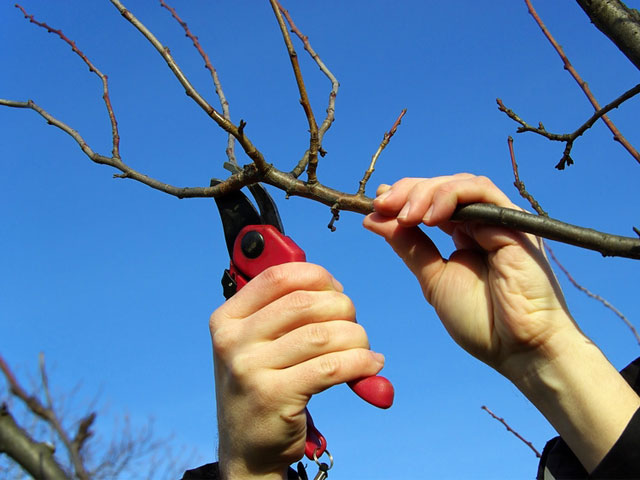
Growing in tubs
For growing in tubs, the plant can be formed as a bole with 5 skeletal branches or a bush with 4 trunks. In this case, the height of the plant should be 0.5 - 0.6 meters. Old dry shoots are eliminated in May.
Particular attention should be paid to the shoots growing inward. After the culture has shed its leaves, the tub is brought into a cold cellar.
Chemical treatments for the pomegranate are not needed, since in our territories the plant is not exposed to diseases and attack by pests.
Reproduction
It is very easy to grow a pomegranate bush from a stone, but an individual does not always inherit parental qualities. From the seed of a large and sweet fruit, you can get seedlings with fruits that cannot be consumed. Therefore, it is worth purchasing harvested seedlings at specialized points of sale.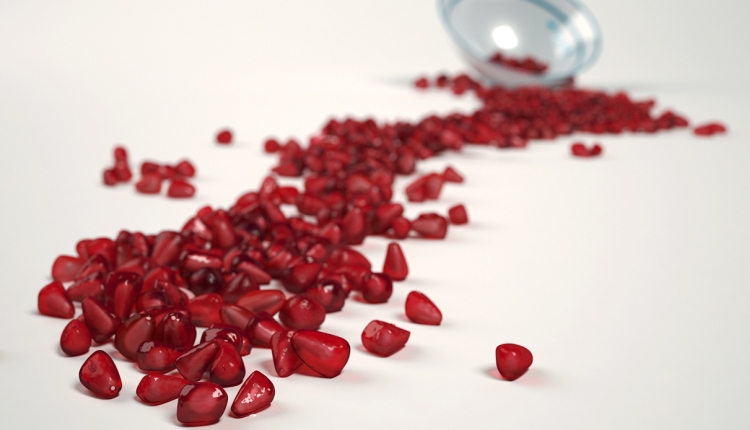
When choosing seedlings, it is worth considering that the following varieties are best suited for growing at home:
- Crimean striped, which has large dark red fruits and a thin skin. Such fruits ripen early enough.
- Gyulosha pink is a variety bred in Turkmenistan. It has large, oval light pink fruits with a thin skin. Their ripening period is average.
So, pomegranate is suitable for home growing organic fruits. And its flowering bush will delight you with a pleasant aroma.
Video "Reproduction"
From the video you will learn how you can propagate a pomegranate.


